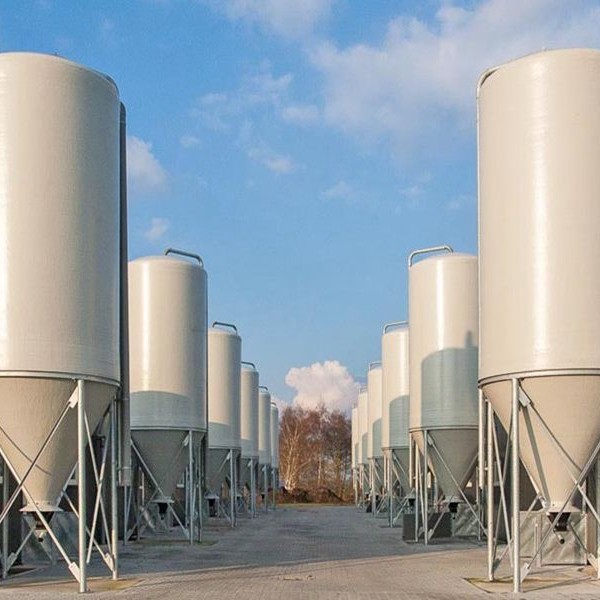
-
 Afrikaans
Afrikaans -
 Albanian
Albanian -
 Amharic
Amharic -
 Arabic
Arabic -
 Armenian
Armenian -
 Azerbaijani
Azerbaijani -
 Basque
Basque -
 Belarusian
Belarusian -
 Bengali
Bengali -
 Bosnian
Bosnian -
 Bulgarian
Bulgarian -
 Catalan
Catalan -
 Cebuano
Cebuano -
 China
China -
 China (Taiwan)
China (Taiwan) -
 Corsican
Corsican -
 Croatian
Croatian -
 Czech
Czech -
 Danish
Danish -
 Dutch
Dutch -
 English
English -
 Esperanto
Esperanto -
 Estonian
Estonian -
 Finnish
Finnish -
 French
French -
 Frisian
Frisian -
 Galician
Galician -
 Georgian
Georgian -
 German
German -
 Greek
Greek -
 Gujarati
Gujarati -
 Haitian Creole
Haitian Creole -
 hausa
hausa -
 hawaiian
hawaiian -
 Hebrew
Hebrew -
 Hindi
Hindi -
 Miao
Miao -
 Hungarian
Hungarian -
 Icelandic
Icelandic -
 igbo
igbo -
 Indonesian
Indonesian -
 irish
irish -
 Italian
Italian -
 Japanese
Japanese -
 Javanese
Javanese -
 Kannada
Kannada -
 kazakh
kazakh -
 Khmer
Khmer -
 Rwandese
Rwandese -
 Korean
Korean -
 Kurdish
Kurdish -
 Kyrgyz
Kyrgyz -
 Lao
Lao -
 Latin
Latin -
 Latvian
Latvian -
 Lithuanian
Lithuanian -
 Luxembourgish
Luxembourgish -
 Macedonian
Macedonian -
 Malgashi
Malgashi -
 Malay
Malay -
 Malayalam
Malayalam -
 Maltese
Maltese -
 Maori
Maori -
 Marathi
Marathi -
 Mongolian
Mongolian -
 Myanmar
Myanmar -
 Nepali
Nepali -
 Norwegian
Norwegian -
 Norwegian
Norwegian -
 Occitan
Occitan -
 Pashto
Pashto -
 Persian
Persian -
 Polish
Polish -
 Portuguese
Portuguese -
 Punjabi
Punjabi -
 Romanian
Romanian -
 Russian
Russian -
 Samoan
Samoan -
 Scottish Gaelic
Scottish Gaelic -
 Serbian
Serbian -
 Sesotho
Sesotho -
 Shona
Shona -
 Sindhi
Sindhi -
 Sinhala
Sinhala -
 Slovak
Slovak -
 Slovenian
Slovenian -
 Somali
Somali -
 Spanish
Spanish -
 Sundanese
Sundanese -
 Swahili
Swahili -
 Swedish
Swedish -
 Tagalog
Tagalog -
 Tajik
Tajik -
 Tamil
Tamil -
 Tatar
Tatar -
 Telugu
Telugu -
 Thai
Thai -
 Turkish
Turkish -
 Turkmen
Turkmen -
 Ukrainian
Ukrainian -
 Urdu
Urdu -
 Uighur
Uighur -
 Uzbek
Uzbek -
 Vietnamese
Vietnamese -
 Welsh
Welsh -
 Bantu
Bantu -
 Yiddish
Yiddish -
 Yoruba
Yoruba -
 Zulu
Zulu
frp playground equipment
Exploring FRP Playground Equipment Durability and Fun Combined
Playgrounds are quintessential spaces for children, providing them with opportunities to develop physically, socially, and emotionally. In recent years, the use of Fiber Reinforced Plastic (FRP) in playground equipment has gained traction, thanks to its durability, safety, and versatility. This article delves into the advantages of FRP playground equipment, how it enhances children's play experiences, and the environmental considerations associated with its use.
Understanding FRP
Fiber Reinforced Plastic, commonly referred to as FRP, is a composite material made by combining a polymer matrix with fibers such as glass, carbon, or aramid. This combination results in a lightweight, strong, and resilient material ideal for various applications, including playground equipment. FRP is recognized for its resistance to corrosion, rust, and weathering, making it an ideal choice for outdoor installations.
Advantages of FRP Playground Equipment
1. Durability One of the most significant advantages of FRP playground equipment is its durability. Unlike traditional materials such as wood or metal, FRP does not rot, corrode, or deteriorate due to exposure to the elements. This longevity means that playgrounds can remain safe and functional for many years with minimal maintenance.
2. Safety Safety is a primary concern in playground design. FRP materials are often designed with rounded edges and smooth surfaces to minimize the risk of injury. Additionally, many FRP playground structures can be manufactured to include impact-absorbing surfaces, such as soft mats or tiles, further enhancing safety.
3. Versatility in Design FRP can be molded into various shapes and sizes, allowing for creative and unique playground designs. From climbing structures to slides and swings, FRP can be customized to match the theme of a playground, making it visually appealing and engaging for children. This adaptability also allows for the construction of innovative play equipment that promotes imaginative play.
frp playground equipment

4. Lightweight Yet Strong The lightweight nature of FRP makes it easier to transport and install than traditional materials. This advantage means that playgrounds can be set up quickly, reducing downtime and allowing communities to enjoy their new play structures sooner. Despite being lightweight, FRP maintains excellent strength, making it suitable for heavy use by children.
5. Eco-Friendly Options As environmental awareness grows, the demand for sustainable materials in playground equipment has increased. Some FRP products are made from recycled materials, contributing to a circular economy. Furthermore, FRP can be manufactured to be free of harmful chemicals, making it a safer choice not only for children but for the environment as well.
Enhancing Children's Play Experiences
Play is essential for child development, and the design of playground equipment plays a crucial role in this process. FRP playground equipment encourages physical activity, fostering motor skills, coordination, and balance. Climbing walls, slides, and obstacle courses made from FRP invite children to explore and take risks in a safe environment.
Moreover, the bright colors and interesting designs of FRP equipment stimulate imaginative play, allowing children to create their own narratives and engage in cooperative play with peers. This interaction strengthens social skills, as children learn to communicate, share, and solve problems together.
Conclusion
FRP playground equipment represents a significant advancement in playground design and construction. With its durability, safety features, versatility, and eco-friendly options, FRP is an ideal material for creating engaging and secure play environments for children. As communities and schools invest in modern playgrounds, incorporating FRP equipment can lead to enhanced play experiences that contribute to the overall development of children.
Whether you are a school administrator, community planner, or parent, understanding the benefits of FRP playground equipment is essential in promoting a safe, enjoyable, and beneficial play environment for the next generation. Investing in quality playground structures not only enhances playtime but also fosters healthy growth and development in children.









